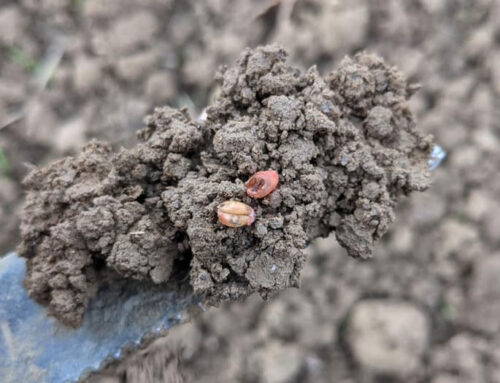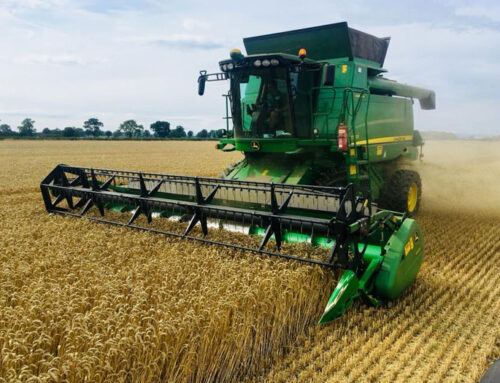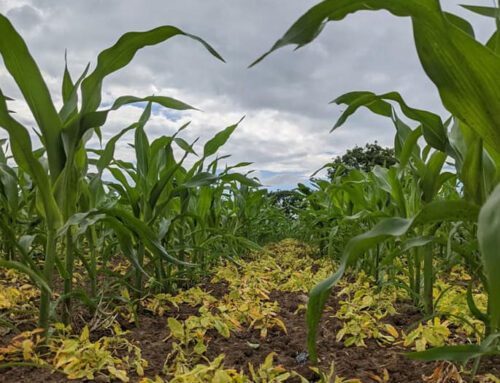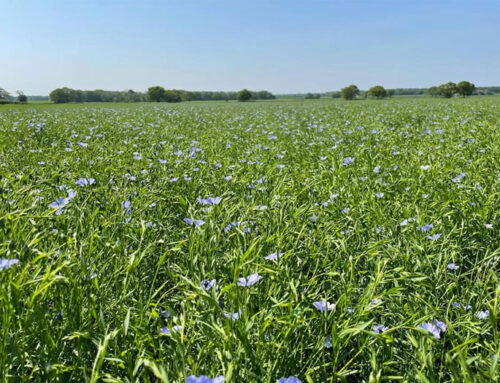And just like that it’s almost another crop walking season under the belt, although it’s not exactly been a walk in the park! Crops overall are looking full of potential, that coupled with pleasing future commodity prices almost makes all the headaches worth it……I stress when I say almost. One thing that is starting to come apparent is the variation and irrational behaviours of the good old English weather. Extremes of drier, warmer periods alongside wetter and milder conditions are becoming a norm, however unlike my recently cancelled holiday to the Channel Islands one thing that is certain, each year we will roughly get the same amount of rain. Even though June is one of my favourite months of the year with cereal crops in full bloom it’s also one that can bring you back down to earth with a bang! Resistance issues in grassweeds, minor misdemeanours with spray applications. It also makes me wonder what some of these poppies in Yorkshire are feeding on they have had the kitchen sink thrown at them yet the odd one or two seem to be using the spray like a Lucozade at halftime.
Final visits around winter wheats are pleasing to the eye both on disease control and potential yield. Septoria is now visible on older leaves however well-timed T2 applications during the last dry warm spell will have been the tonic the crops needed; the future rain forecast will just help keep the crops bouncing on until harvest. Most crops now have full ears out waving above the canopy with the earliest starting to flower, I will be leaving sheets for T3 applications this week based around tebuconazole with the inclusion of prothioconazole for the quality wheats.
The first winter barleys are starting to turn a golden yellow which warns that harvest is hastily approaching, the heights of some of these crops cause slight worry. At least I am not trekking through them anymore otherwise it would be like a scene from Jurassic Park where they are cutting their way through the long reed grass, I could be lost for days.
Oilseed rape have finally stopped flowering and, in most cases, have podded up well. As with cereals, yield potentials look promising, but experience has told me that nothing is taken for granted in oilseed rape until the combine’s role. With a protracted flowering and variable ripening, I think the use of a pod sealant will be more common this season
Maize continues to add an extra leaf day by day and with all post-emergence herbicides applied focus switches onto getting final doses of nitrogen on and planning the timing of trace elements. I like to apply a cocktail of manganese and magnesium at the latest stage the sprayer dare creep through the crop without causing damage.
Fodder beet crops have now received the broad-spectrum herbicide programmes and weed control has been very pleasing. Attention is now on controlling any unwanted grasses and cereal volunteers as well as clearing up any volunteer potatoes. As with maize, beet will also get a drink from the trace element bar however the magnesium will be replaced with boron.
I am sure many of you are in the process of watching the Jeremy Clarkson farming programme on tv. It’s always a difficult one when a celebrity plunges into farming and tries to give you their own spin on the industry so I was cautious on what to expect. I am a big lover of his other programmes however I have to say I am very much impressed with this series so far. It is refreshing to see he is giving a truly honest opinion and proving just how hard and unpredictable the industry is, well done Jeremy…. however your cultivating could do with some practice!




